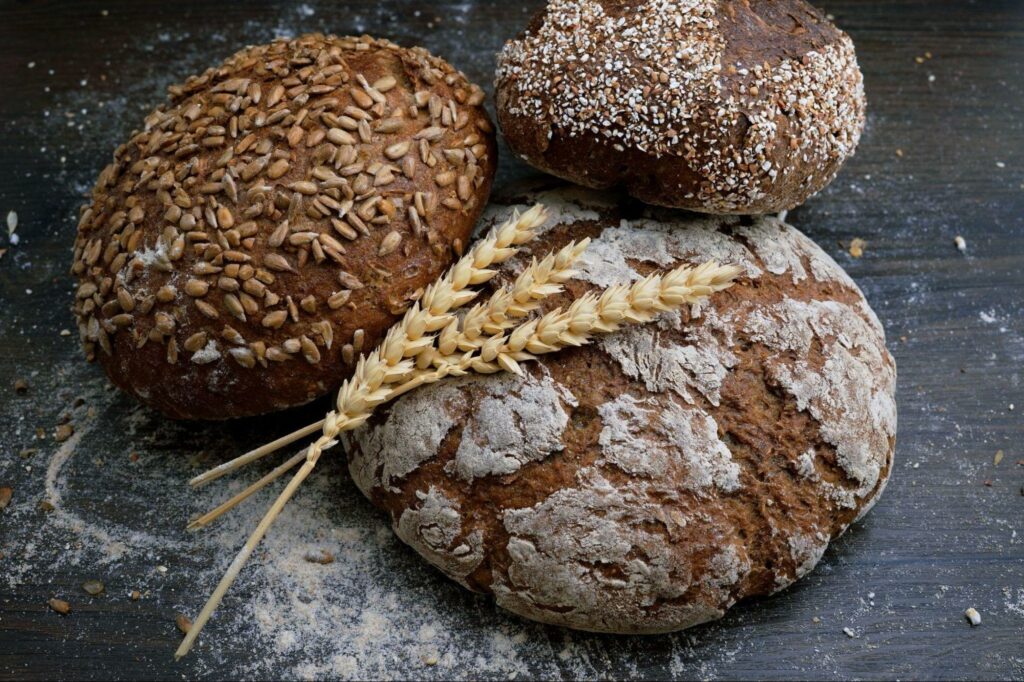Following a gluten-free diet can be a challenge, especially when trying to maintain a healthy and balanced intake of nutrients. However, with the right approach, it is possible to make a delicious and nutritious diet that meets all your needs. In this article, we’ll explore some tips and tricks to help you create a viable and tasty gluten-free diet.
Understanding What Gluten Is
First, it’s important to understand what gluten is and where it can be found. Gluten is a protein that is commonly found in wheat, barley, and rye. This means that foods such as bread, pasta, cereal, and beer are off-limits for those following a gluten-free diet. However, there are many gluten-free alternatives available, such as quinoa, brown rice, and gluten-free bread and pasta made from alternative grains.
One thing to keep in mind when maintaining a gluten-free diet is to make sure you are getting enough protein. Protein is essential for building and repairing tissues in the body and is especially important for those who are physically active. According to the USDA’s Dietary Guidelines for Americans, the recommended daily intake of protein for adults is 0.8 grams per kilogram of body weight. However, those who are physically active may need more. You can use a protein intake guide to help you determine how much protein you need based on your activity level and body weight.
Incorporating protein-rich foods into your gluten-free diet is essential. Good sources of protein include lean meats, fish, eggs, legumes, nuts, and seeds. When selecting meats, choose lean cuts and avoid processed meats such as sausages and deli meats, as these often contain gluten. If you’re vegetarian or vegan, you can get protein from plant-based sources such as tofu, tempeh, beans, and quinoa.
In addition to protein, it’s important to include plenty of fruits and vegetables in your diet. These are rich in vitamins, minerals, and antioxidants, and can help support overall health and wellbeing. Aim to include a variety of different fruits and vegetables in your diet, as each type offers a unique set of nutrients.
When it comes to grains, there are many gluten-free options available. Quinoa, brown rice, and gluten-free oats are all excellent choices. You can also find gluten-free bread and pasta made from alternative grains such as rice, corn, and buckwheat. It’s important to read labels carefully, as some gluten-free products may contain additives or other ingredients that are not beneficial for health.
When cooking meals, focus on whole, unprocessed foods. These are generally healthier and more nutritious than processed foods, which often contain high levels of sugar, salt, and unhealthy fats. Experiment with herbs and spices to add flavor to your meals, rather than relying on processed sauces and condiments.

Photo by Wesual Click
Snacking Gluten Free
Snacking can be a challenge when following a gluten-free diet, as many snacks contain gluten. However, there are plenty of gluten-free snack options available. Fresh fruits, vegetables, and nuts are all great choices. You can also make your own gluten-free snack bars using oats, nuts, and dried fruit.
It’s important to stay hydrated by drinking plenty of water throughout the day. Aim to drink at least eight glasses of water per day, and more if you’re physically active or live in a hot climate. You can also enjoy herbal teas and other non-caffeinated beverages.
While following a gluten-free diet can be challenging, it’s important to remember that there are many delicious and nutritious foods that are naturally gluten-free. Fruits, vegetables, and lean proteins are all essential components of a healthy diet, and can be enjoyed by those who cannot consume gluten. By focusing on whole, unprocessed foods, you can create a diet that is not only gluten-free, but also rich in nutrients and flavor.
Meal Planning
One way to ensure that you are getting all the nutrients you need on a gluten-free diet is to plan your meals in advance. This can help you to make sure that you are including a variety of different foods in your diet, and that you are getting enough protein, vitamins, and minerals. There are many resources available online to help you plan your meals, including recipes, meal plans, and shopping lists.
When grocery shopping for a gluten-free diet, it’s important to read labels carefully. Many products that may appear to be gluten-free can contain hidden sources of gluten, such as modified food starch or malt flavoring. By reading labels carefully and choosing products that are labeled gluten-free, you can avoid these hidden sources of gluten.
If you’re new to a gluten-free diet, it can be helpful to work with a registered dietitian or nutritionist. These professionals can help you to develop a meal plan that meets your individual needs, and can provide guidance on choosing healthy gluten-free foods.
In addition to focusing on whole, unprocessed foods, it’s also important to be mindful of portion sizes. Eating too much of any food, even healthy foods, can lead to weight gain and other health issues. Use portion control tools, such as measuring cups or a food scale, to help you accurately portion your meals and snacks.
It’s important to remember that a gluten-free diet does not have to be boring or restrictive. There are many delicious gluten-free recipes available online, including gluten-free versions of your favorite comfort foods. Experiment with different spices and seasonings to add flavor to your meals, and don’t be afraid to try new foods.
In conclusion, following a gluten-free diet can be challenging, but with the right approach, it’s possible to create a delicious and nutritious diet that meets all your needs. Focus on whole, unprocessed foods, including lean proteins, fruits, and vegetables, and be mindful of portion sizes. Plan your meals in advance, read labels carefully, and work with a professional if needed. With these tips and tricks, you can enjoy a healthy and delicious gluten-free diet.






